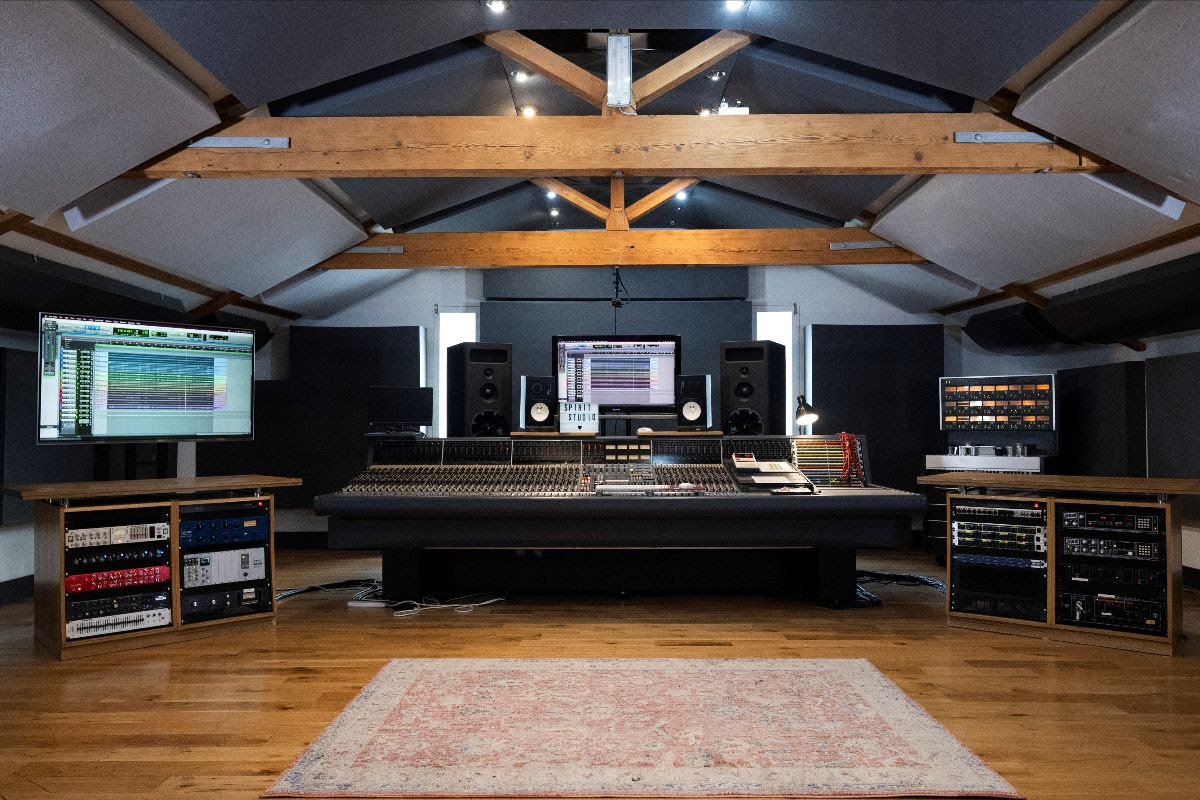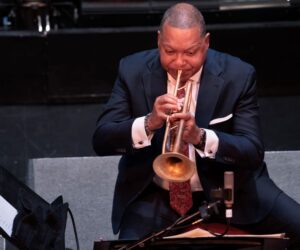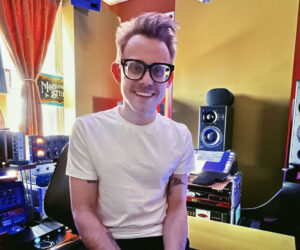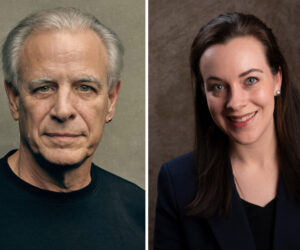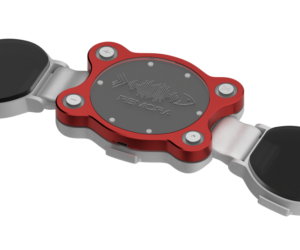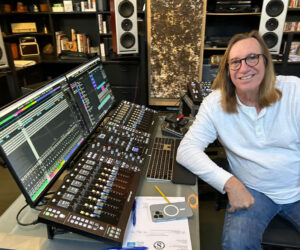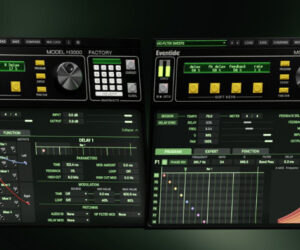A recent refurbishment of the main control room at the Spirit Studios sound engineering and music production school in Manchester, England included repositioning the facility’s existing PMC MB2S-A monitors in order to create a wider and more consistent listening environment for students.
Located in a refurbished mill, Spirit Studios was originally a commercial recording facility and rehearsal space that hosted sessions for many local bands including The Smiths. By the mid-1980s it had moved into adult education and was known as the School of Sound Recording. The current studio facility was built in 2009 to mark SSR’s 25th anniversary and was named Spirit Studio in honor of SSR’s beginnings. By 2018, the entire operation was rebranded and at that point it reverted to its original Spirit Studios name.
This summer’s refurbishment of the flagship studio was overseen by the school’s head of technology Tom Aston, who was also behind the original studio build. Located on the top floor of one of the school’s buildings, the studio is a large, open plan room that has no division between control room and live room – thus giving students the opportunity to learn different recording workflows.
When it was initially built, the school installed separate isolation booths and a machine room to ensure the studio remained quiet. It also called in acoustician Jochen Veith to treat the room and correctly position the PMC monitors so that there was a proper balance between preserving a live sounding room for performance and recording and offering a good environment for mixing.
“Spirit Studio has been a great success for us since it opened 14 years ago and it is our most in-demand facility,” Aston says. “The refurbishment we undertook this summer incorporated feedback we had gathered from tutors and students so that we could create an environment that is even better suited to their needs. It remains open plan, but the new listening position now faces the far wall rather than looking into the room.”
Work carried out involved stripping down the school’s Neve VR console, rotating it 180 degrees, splitting the outboard rack into two separate units and rerouting the audio cabling.
“With this new layout, we have greater flexibility in terms of positioning of the PMC MB2S-A monitors,” Aston adds. “We could position them anywhere in the space between the console and far wall that provided the best performance. With the old layout, pushing the monitors away from the console would encroach into the live area. By taking measurements, experimenting with positions and making some adjustments to the 10B crossovers, we’ve made some great improvements to the low frequency performance, as well creating a wider and more consistent sweet spot around the listening position.”
Throughout the process, PMC made recommendations for improving the performance of the MB2S-As, including providing details of the crossover adjustments available and their default settings for the studio’s configuration. The new layout means the room can now more comfortably accommodate classes of up to 20 students as well as provide seating for dozens of attendees behind the console at Spirit+ masterclasses.
A new Mac Studio workstation has also been installed and its keyboard, mouse and screen are now located in the listening position, rather than on a separate table. The studio has also taken delivery of some classic Stand Easy screens, providing added flexibility for the space.
“It’s been 14 years since we took delivery of our MB2S-As and we’re just as happy with their performance today as we were back then,” Tom Aston says. “In fact, I’d say our appreciation of them has only increased with time. They’ve been used relentlessly since they were installed and have proved very reliable. And with improved performance due to the recent changes we’ve made to the room, and fantastic support from the team at PMC, the next generation of music producers and sound engineers will be using them at Spirit for years to come.”


